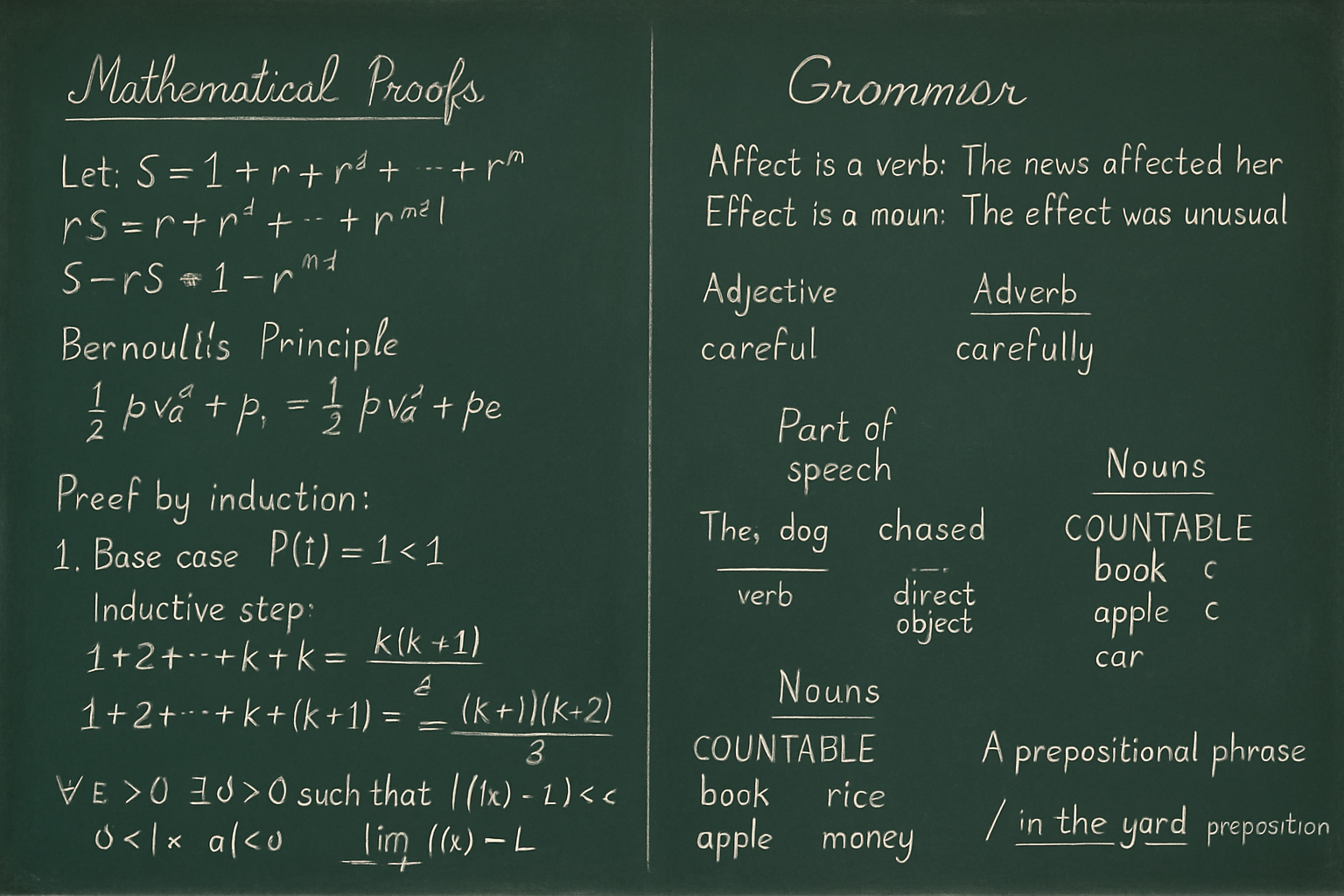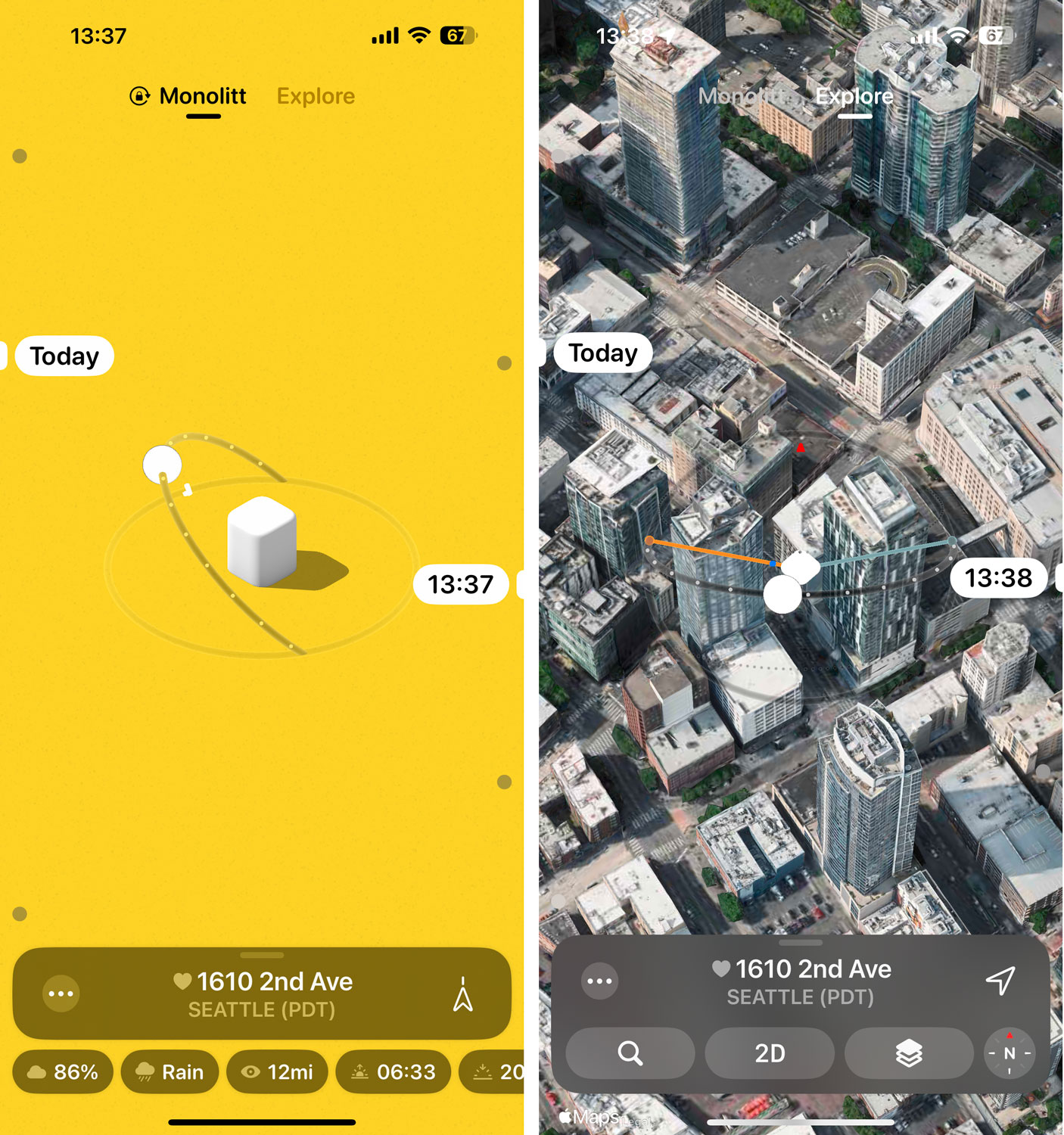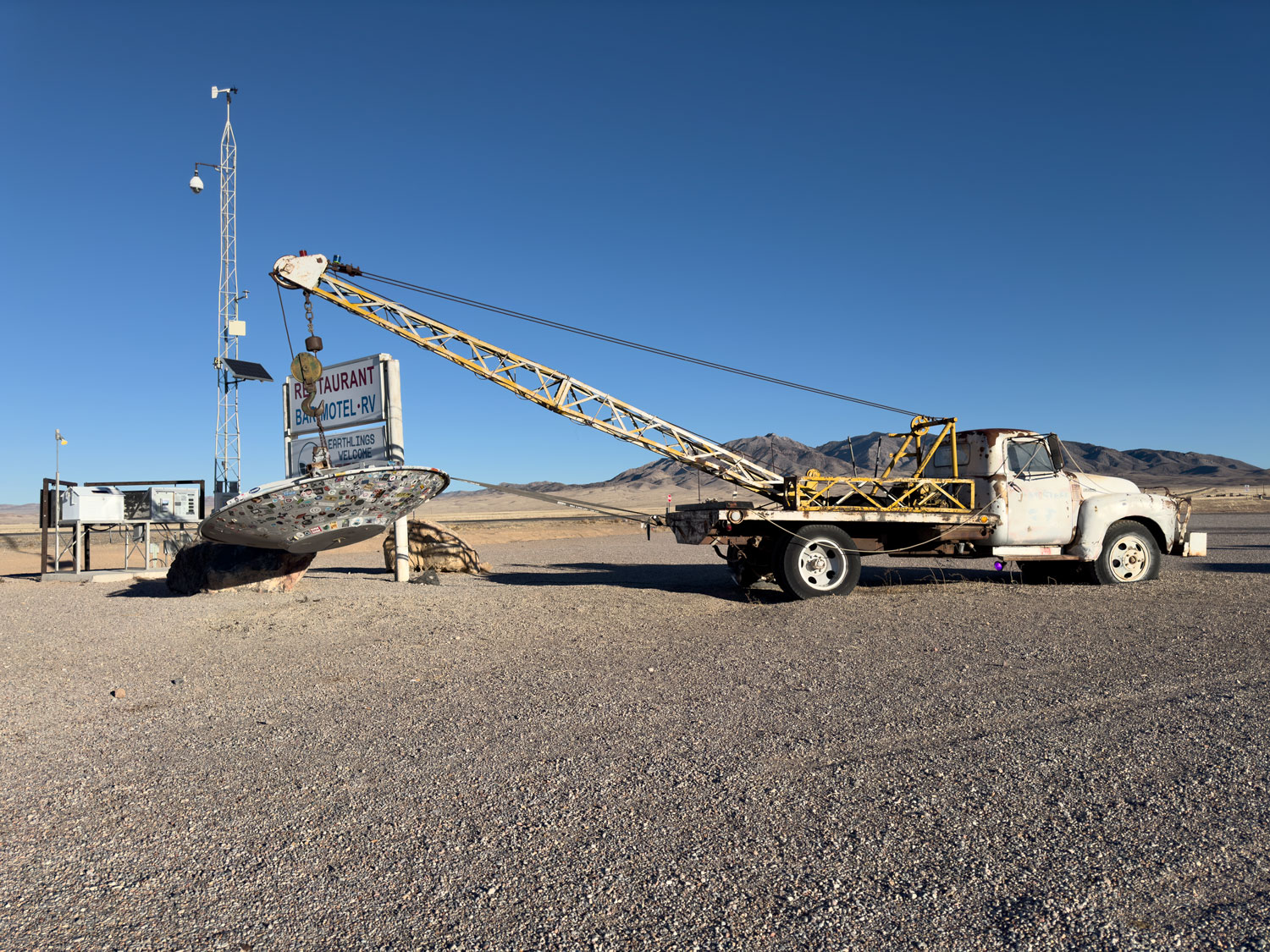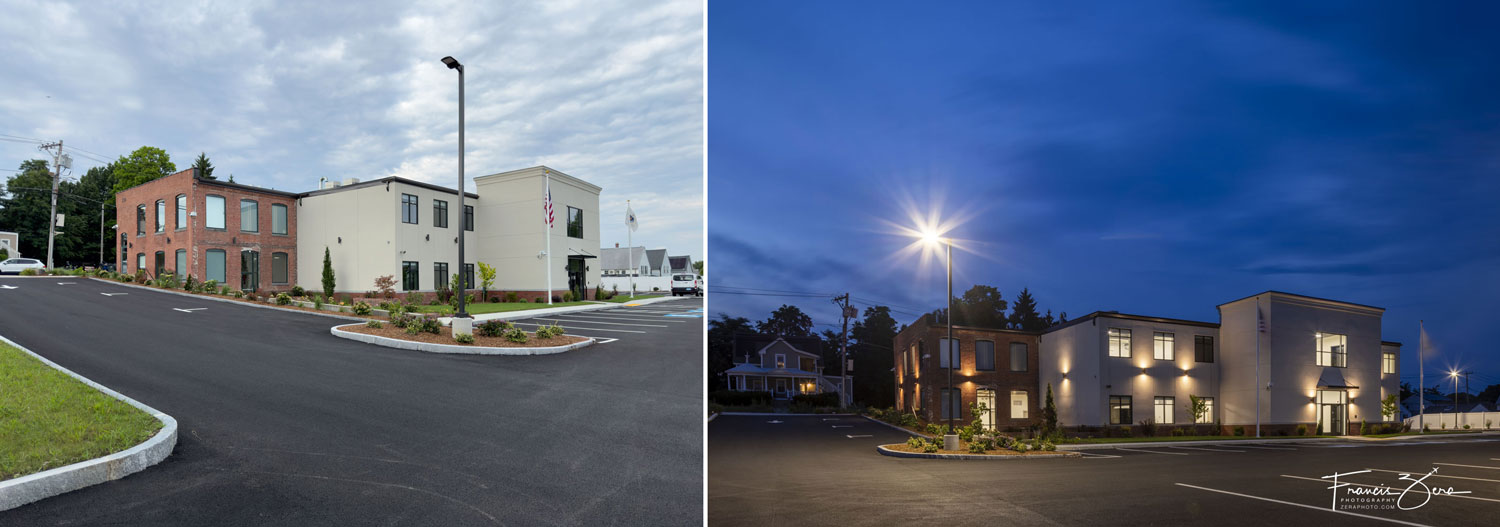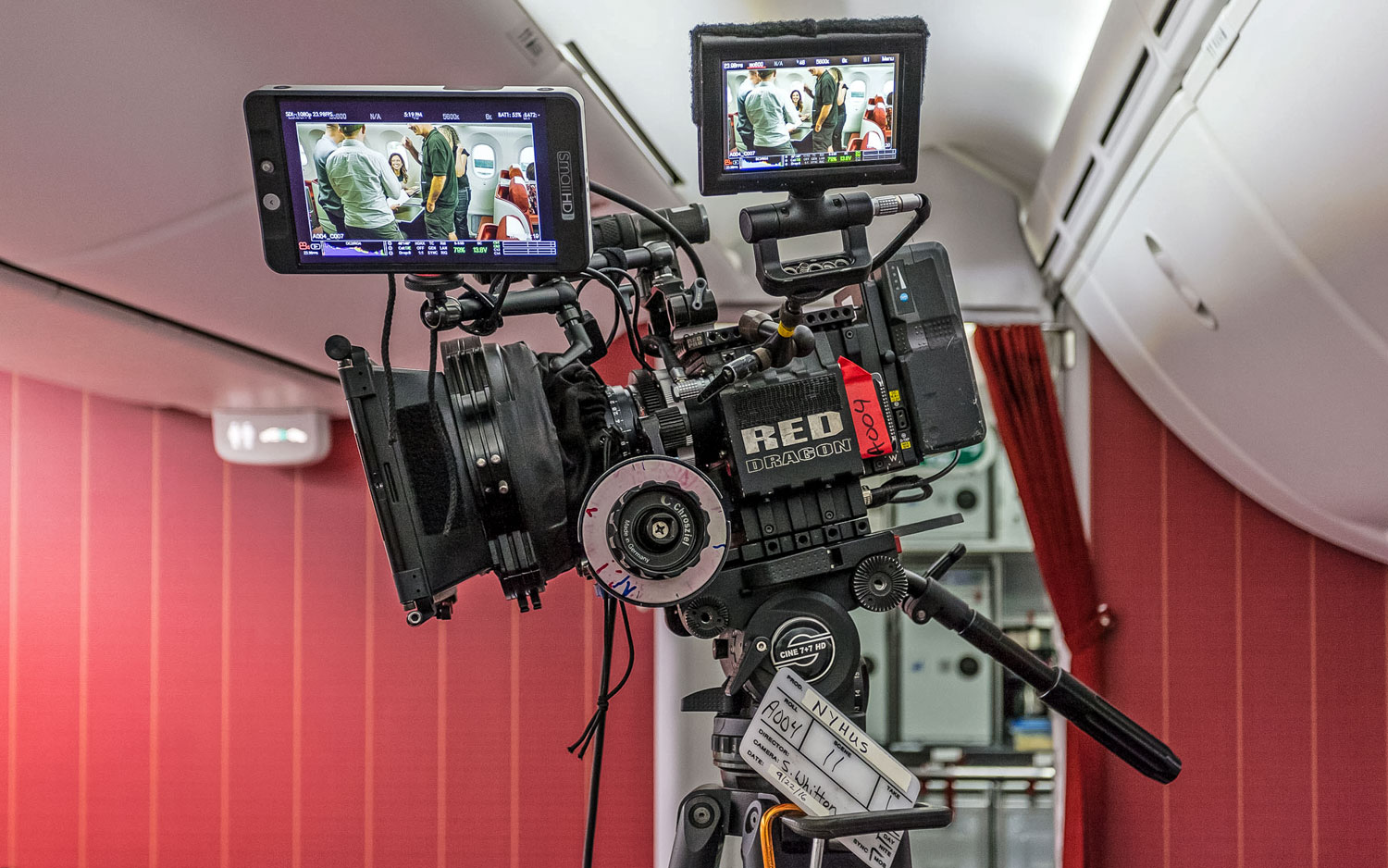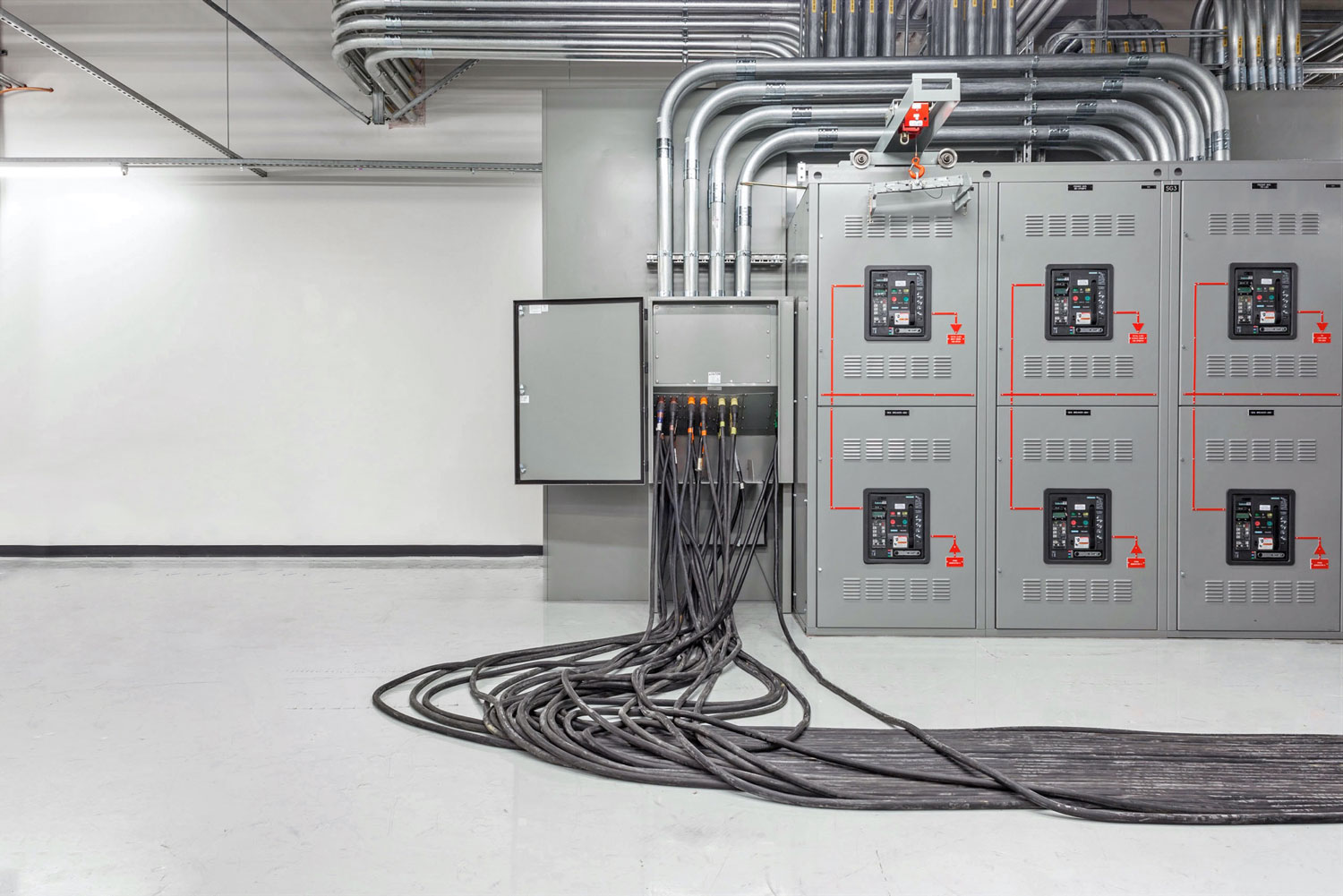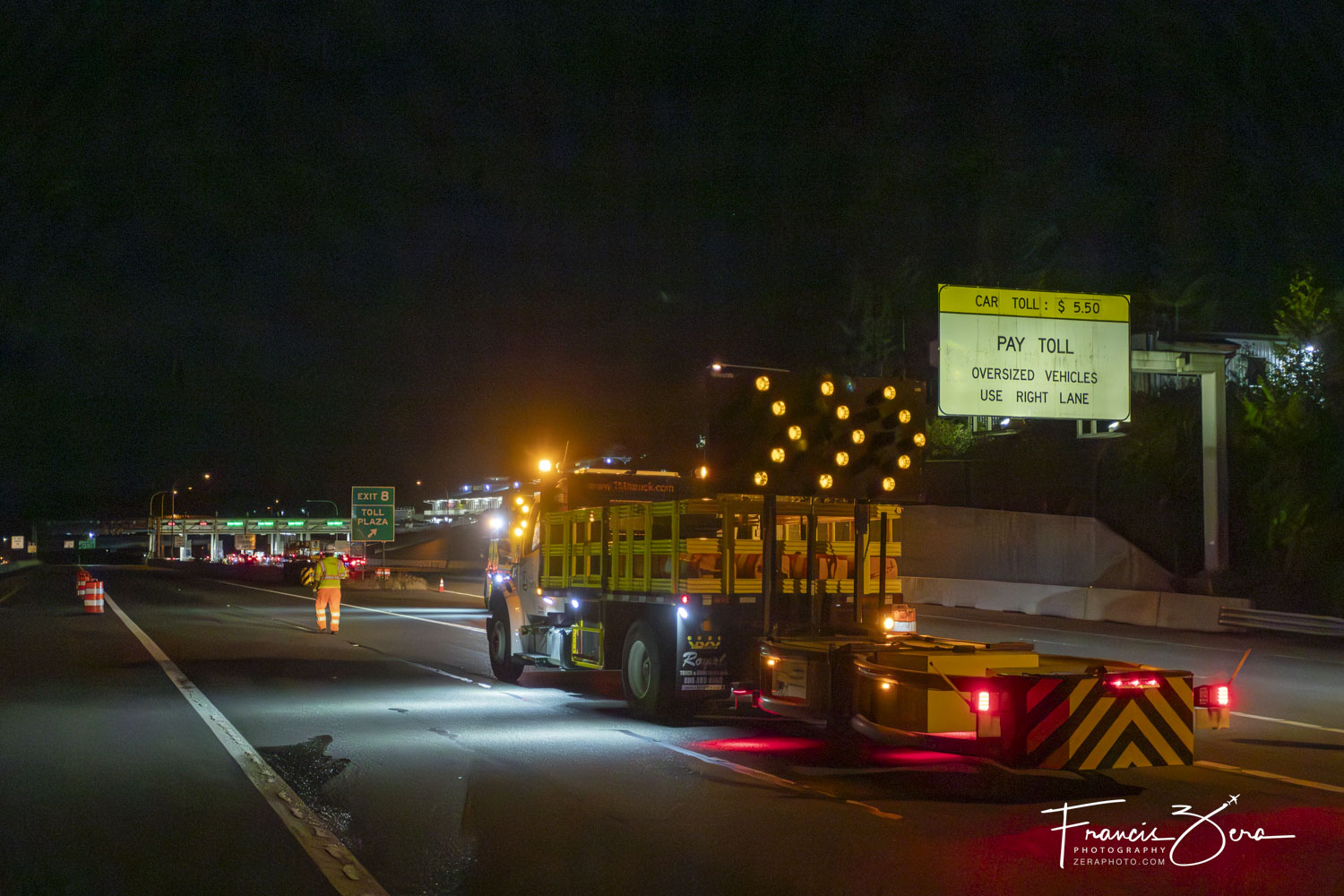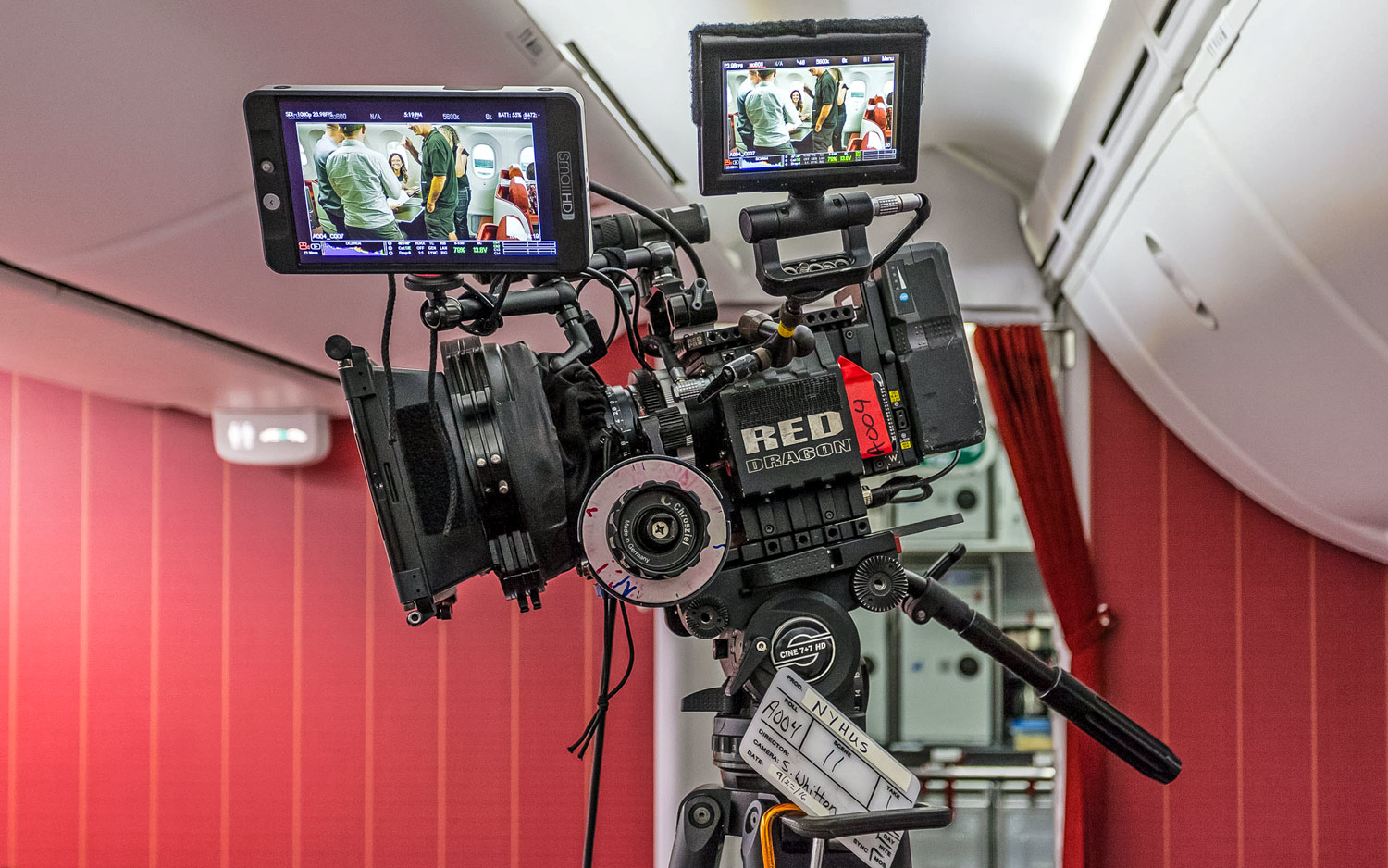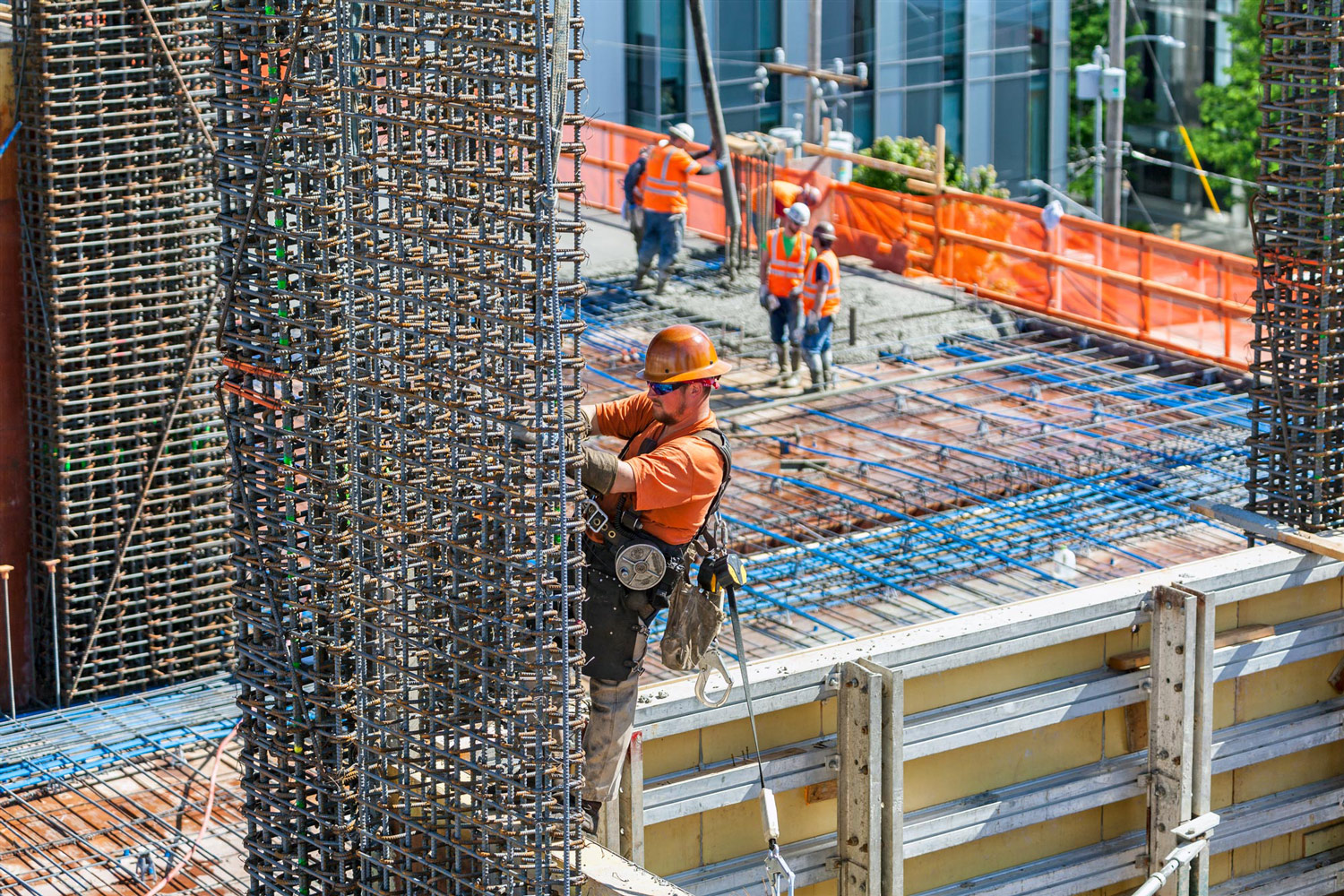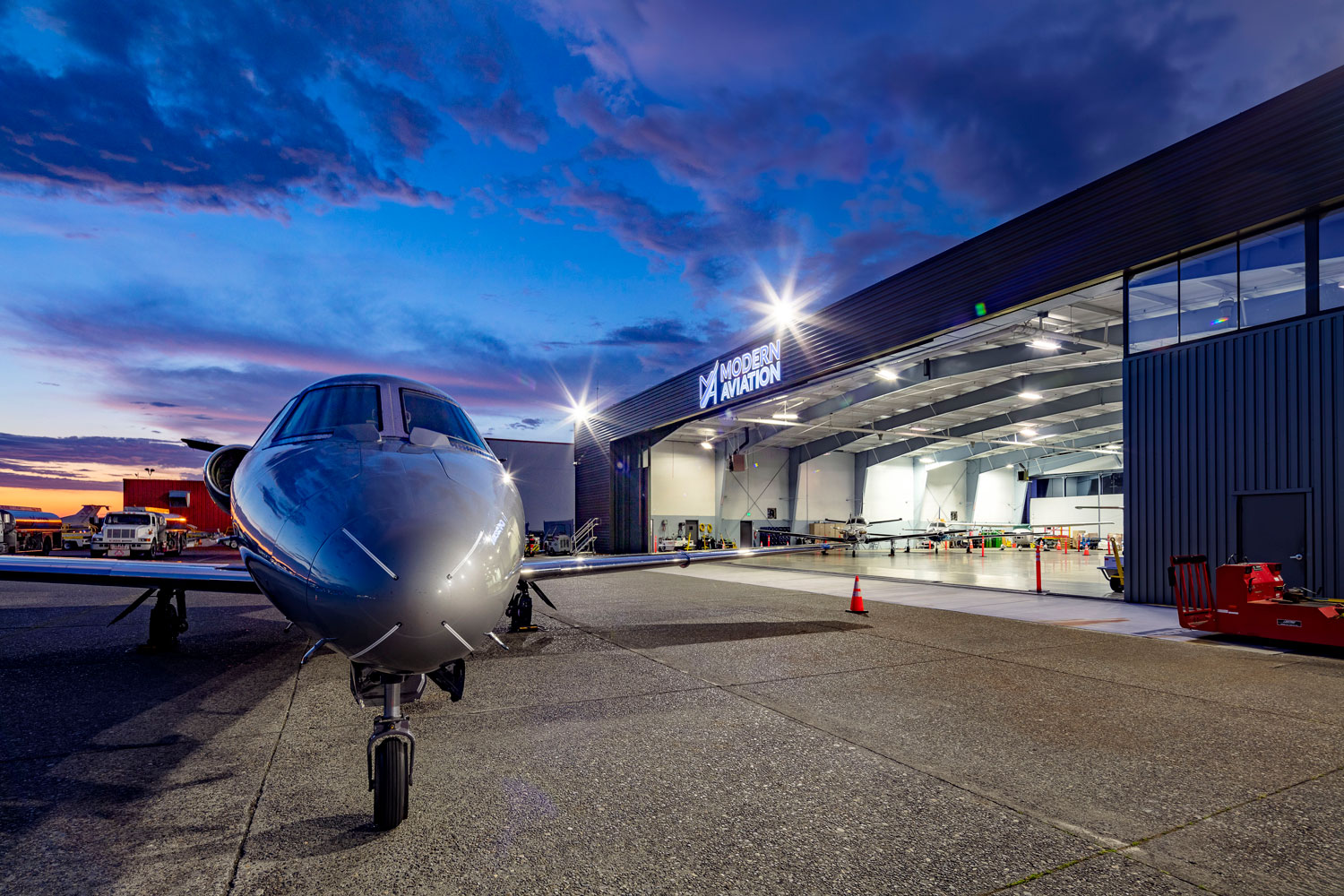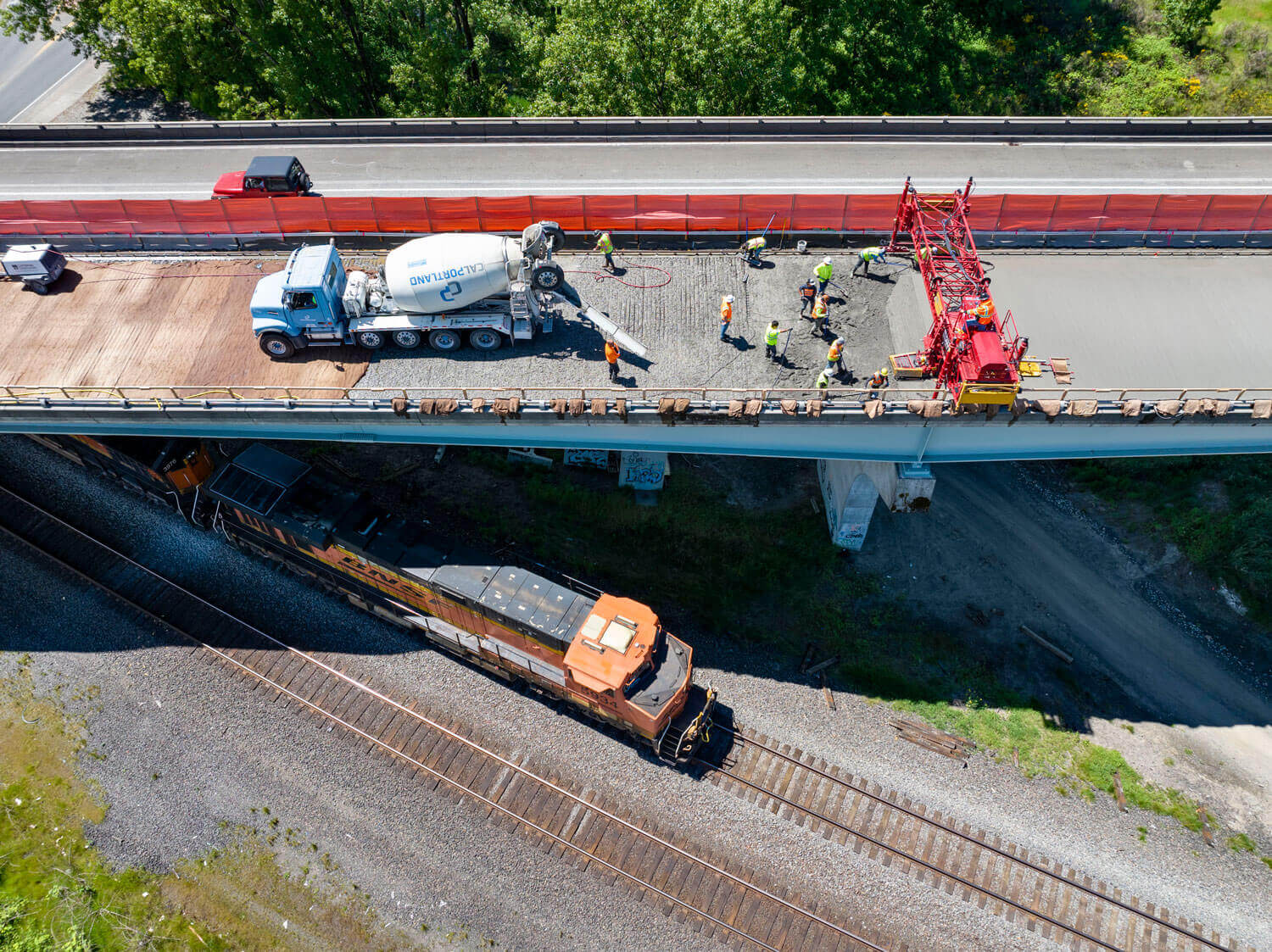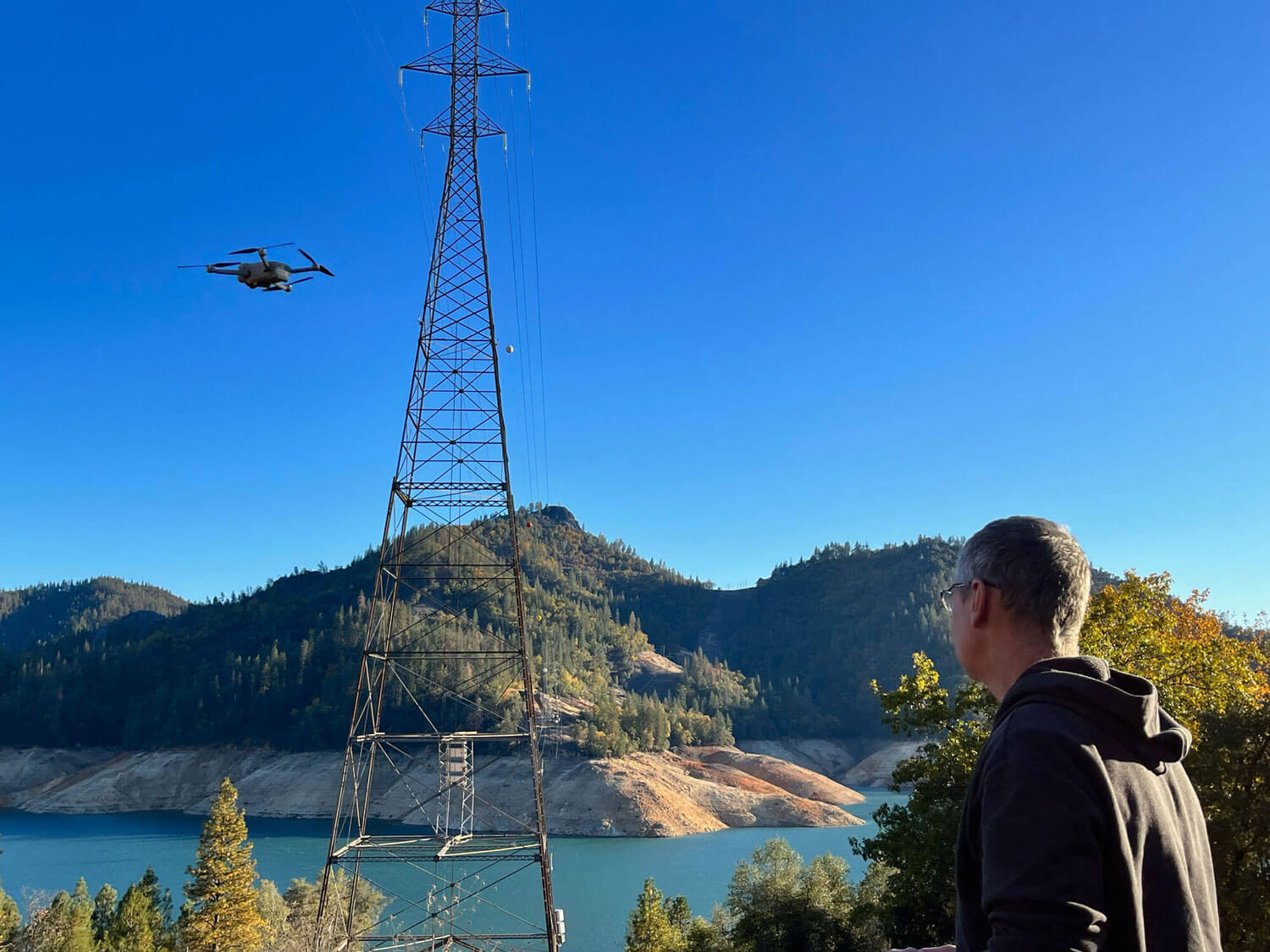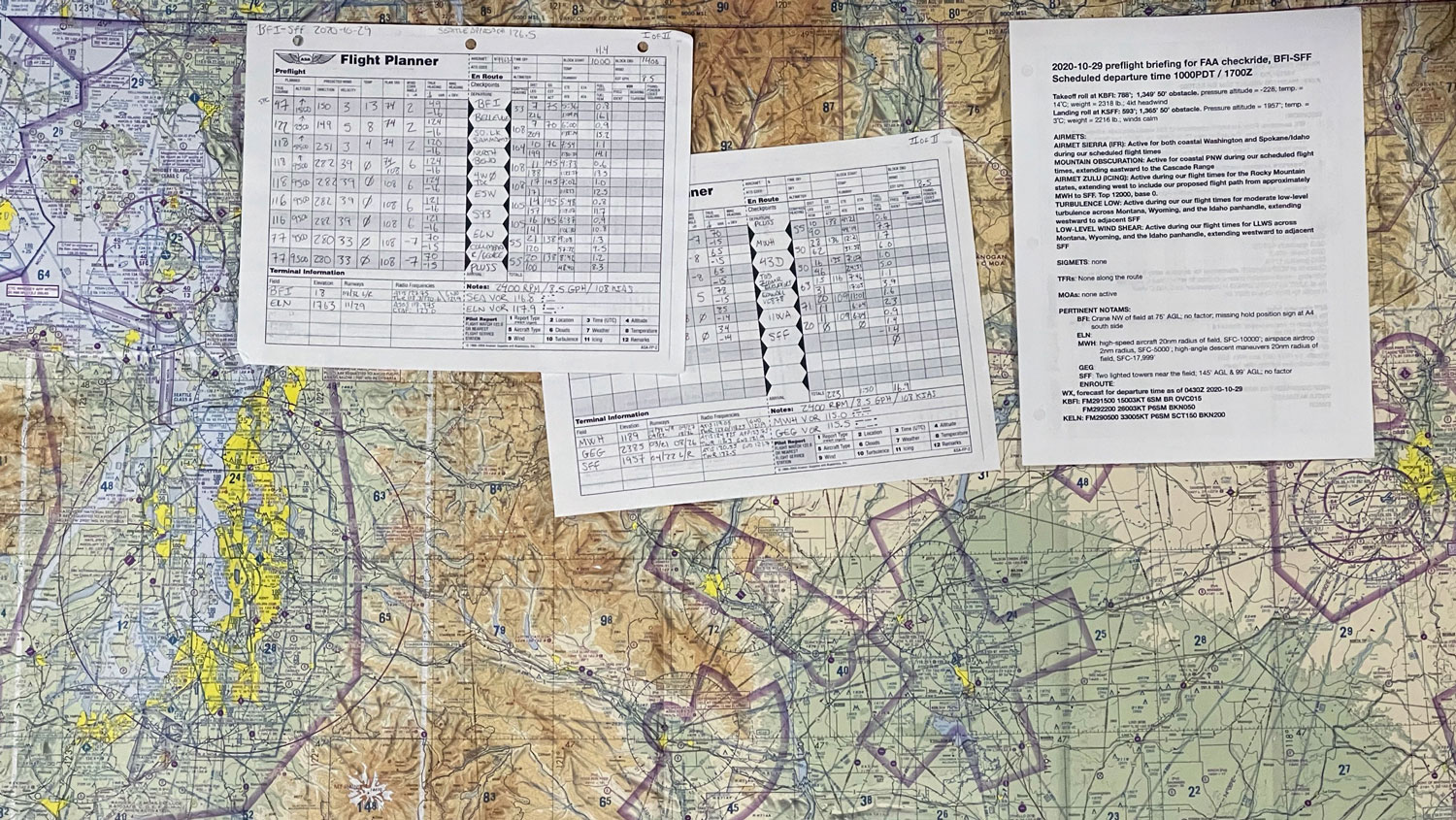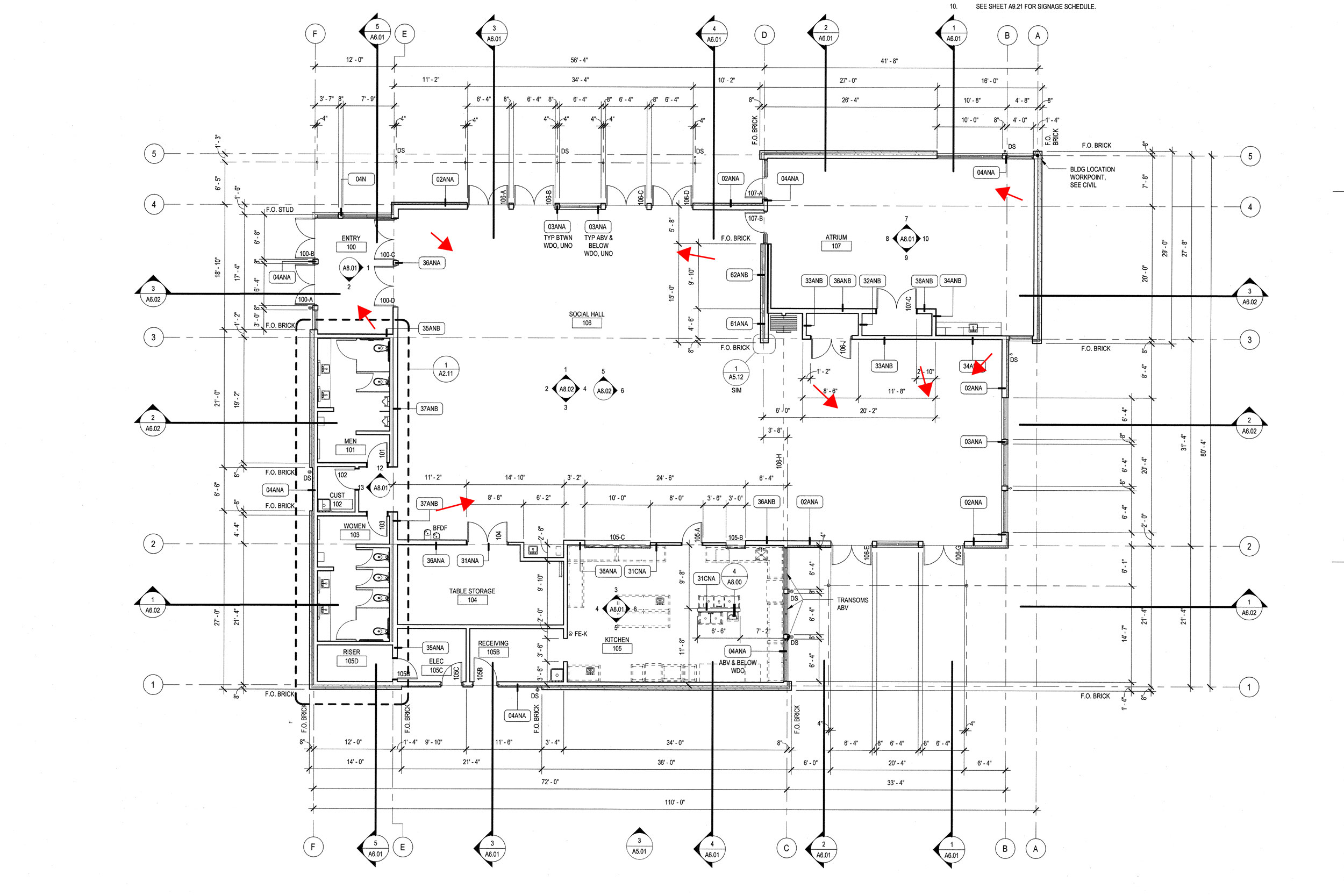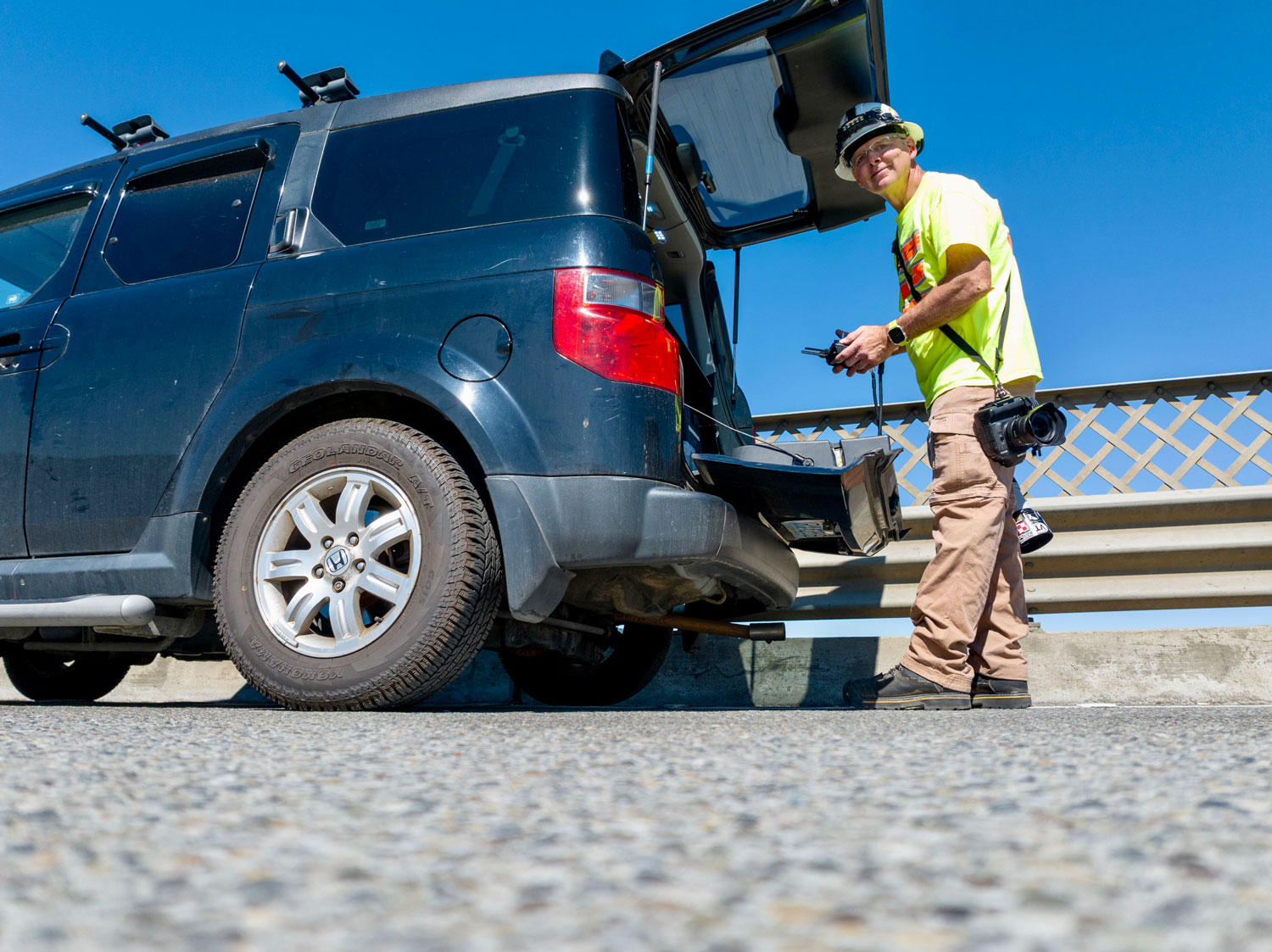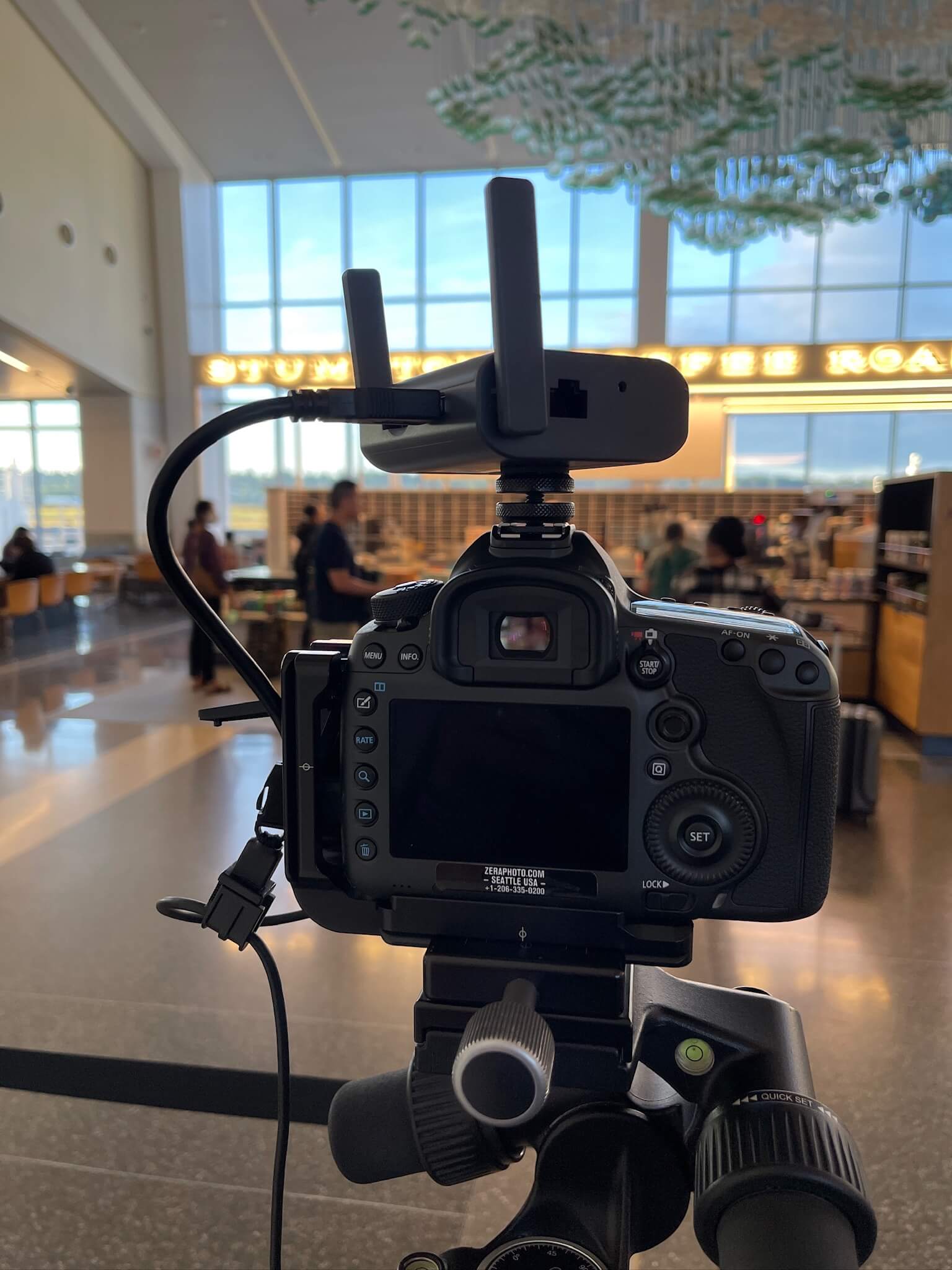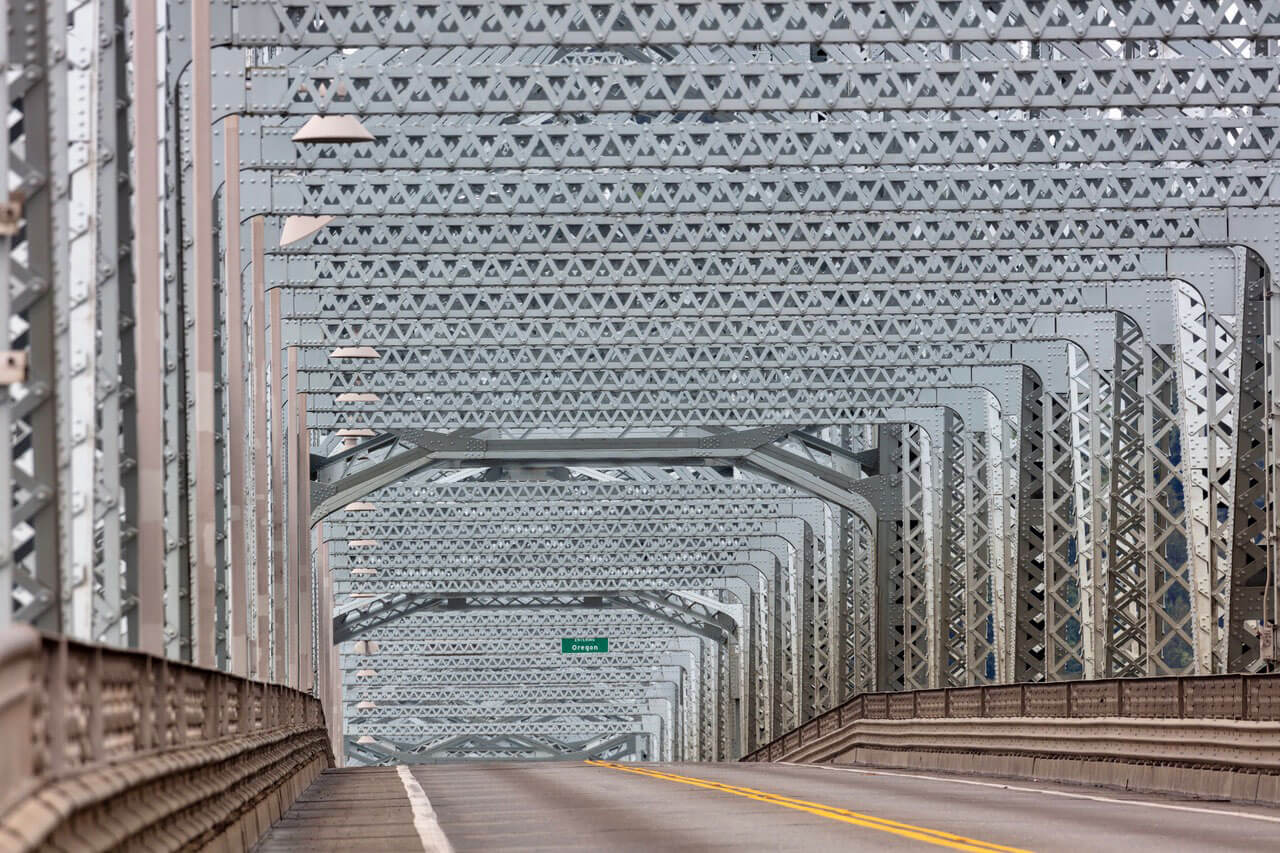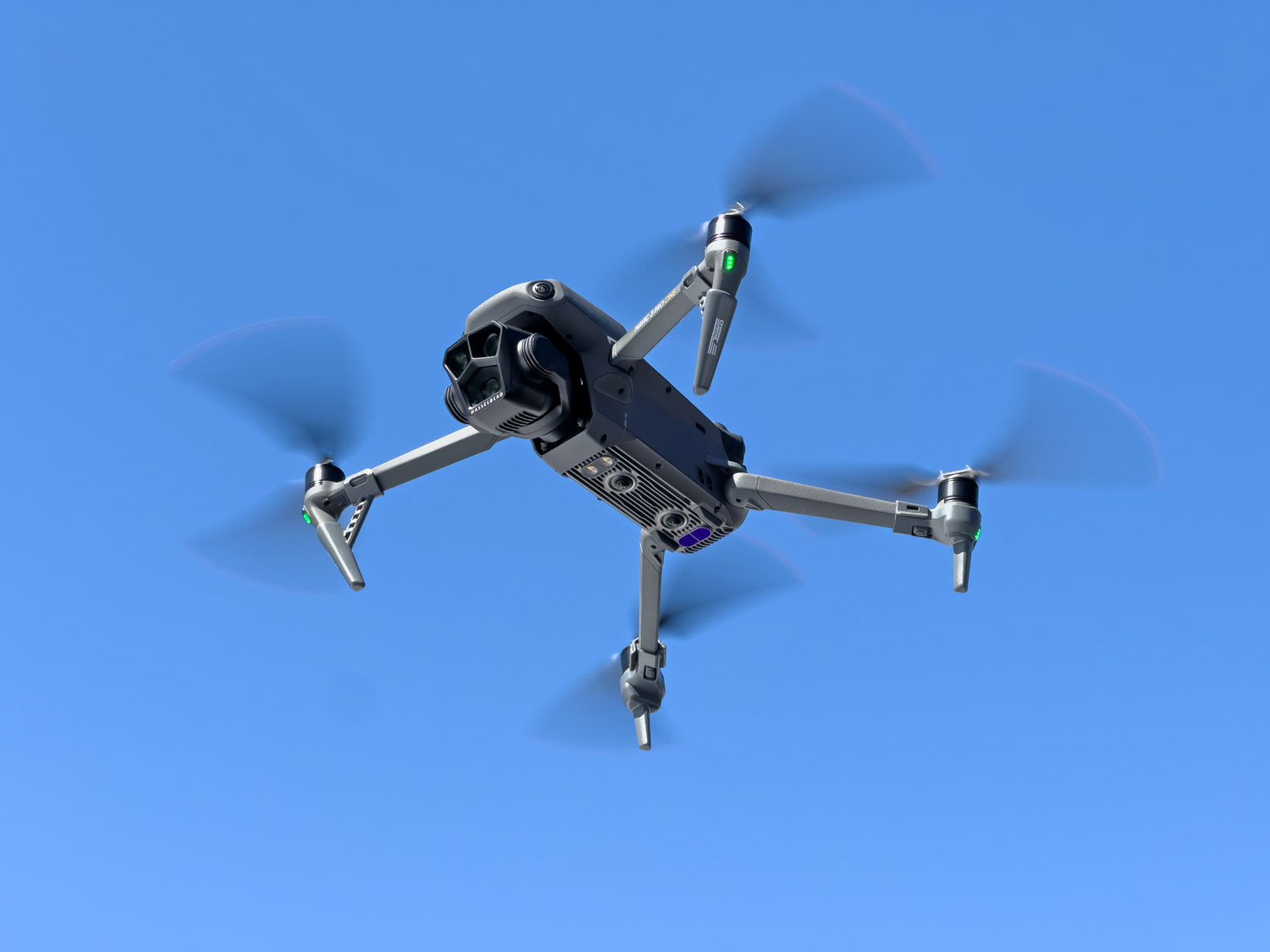
DJI has removed geofencing from its drones; what this means for pilots and for the people who hire them
DJI, the leading manufacturer of drones for both hobbyists and professional pilots, recently announced it has ended its policy of geofencing for all of its products, both new and existing.
What does this even mean? Geofencing means that the drone controller had a map of areas where DJI simply would not allow one of their drones to take off or fly in areas the FAA has deemed sensitive. Those areas include airports, security-sensitive areas like federal buildngs, and national forests and parks (where any drone flying has long been prohibited). Here in the Seattle area, it's tough to find a spot in the city where you're not close to an airport - we have Seattle-Tacoma International, King County International (Boeing Field), Paine Field (Everett), Renton Municipal, two seaplane bases on Lake Union and one on Lake Washington, and numerous smaller airfields scattered throughout.
An FAA waiver system is in place, and remains so; a waiver is needed to legally fly in certain permissable zones near these sensitive areas; some areas still remain totally off limits or require a more intensive waiver that takes 90 days to process. The DJI geofencing went beyond this, requiring pilots to first get their FAA waiver, then submit their request yet again to DJI, who would verify everything and reply with an unlock code for your drone controller to allow flight within the parameters allowed by your original FAA waiver. Why did they do this? I've no idea, but can guess it was designed to keep them out of trouble with the feds.
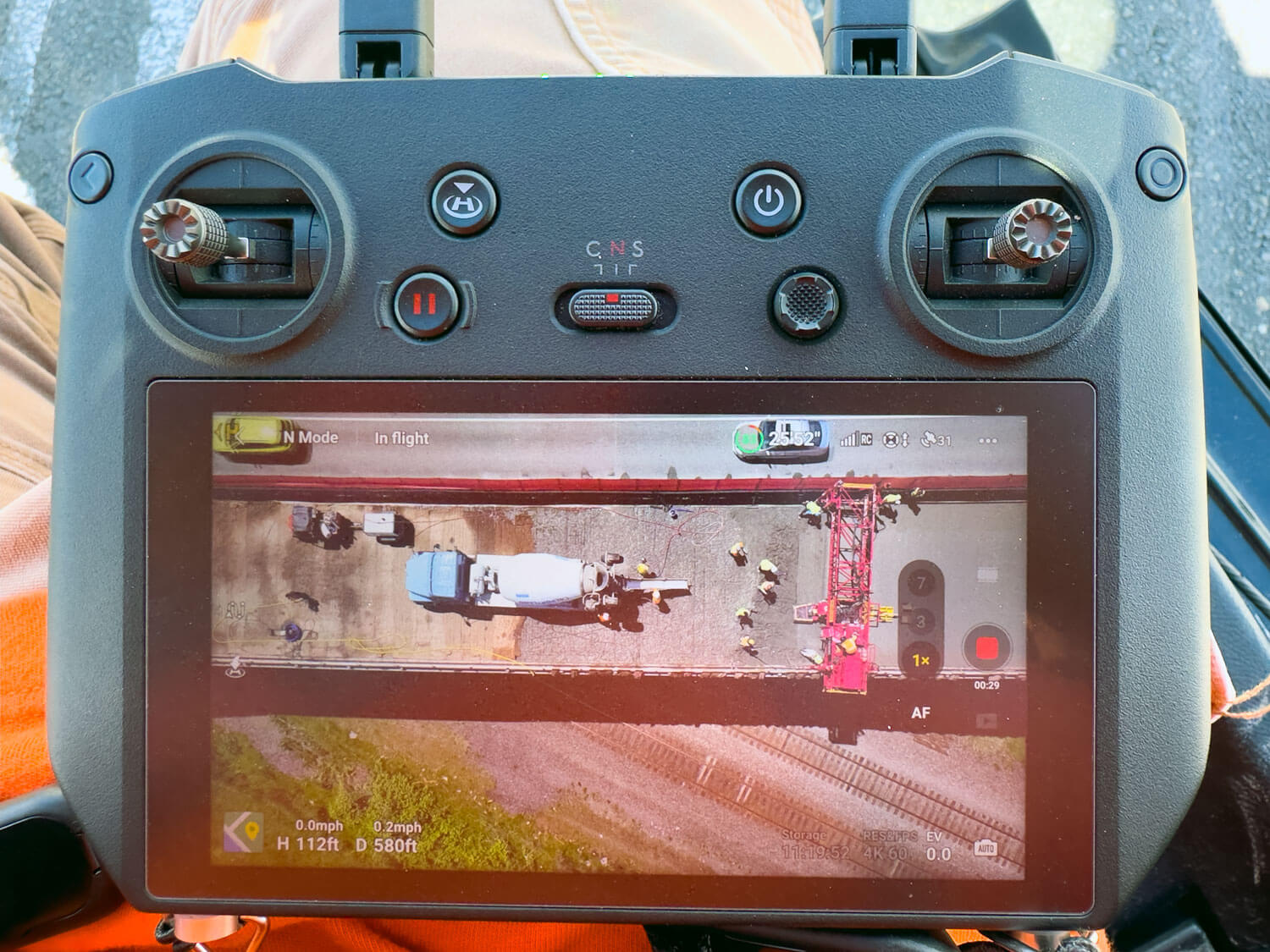
And that's how it has been for the past four years or so, until this past January. DJI dropped a surprise on everyone and simply did away with all geofencing.
Drone pilots didn't find out about these changes from DJI; rather, we all found out about them via this article from the Verge. DJI still hasn't published anything other than the firmware updates that deletes the geofencing from its drone products.
So, in practical terms, this means that only honesty will keep people from doing stupid things like flying drones into wildfire areas in contravention of temporary flight restrictions, which halts all water-bomber flights, as happened during the LA fires earlier this year.
I don't know any professional drone pilot who actually liked DJI's cumbersome process. But it did help keep people from doing dangerous or illegal flights, at least somewhat. In order to fly a drone for compensation, an FAA-issued remote pilot certificate with a small UAS rating is required. Even recreational flyers are required to register most drones, plus recreational drone flyers in the US must pass the FAA's Recreational UAS Safety Test and carry proof of having passed that test when flying; I honestly don't think this is common knowledge.
Last summer I was doing a photo project at a construction site, when someone came up to me afterward to chat about their own flying experience. In talking about the project and the challenges of doing the photos within the FAA's across-the-board 400-foot altitude upper limit, they told me they had no idea that there was a maximum altitude restriction, and that they regularly flew their drone up thousands of feet where they couldn't even see it. I then mentioned the line-of-sight rule, which means that the pilot must keep the drone in clear, unaided sight at all times, and got a shrug. I was speechless, which for me seldom happens.
There's a technology called Remote ID built into most contemporary drones that broadcasts a unique ID, along with flight info, similar to what the ADS-B system does for manned aircraft; this ostensibly allows for real-time tracking of drone flights, along with registration information. The trouble is that the FAA has not yet really implemented the system in a useful way, so using it to enforce airspace rules isn't currently a viable option for them.
So, I would urge caution when selecting a drone pilot for commercial work; to keep everyone safe and to minimize your firm's liability, be 100% certain that whoever you're working with is aware of, and in total compliance with, the FAA Part 107 rules that cover small umnanned aircraft systems, aka drones.



